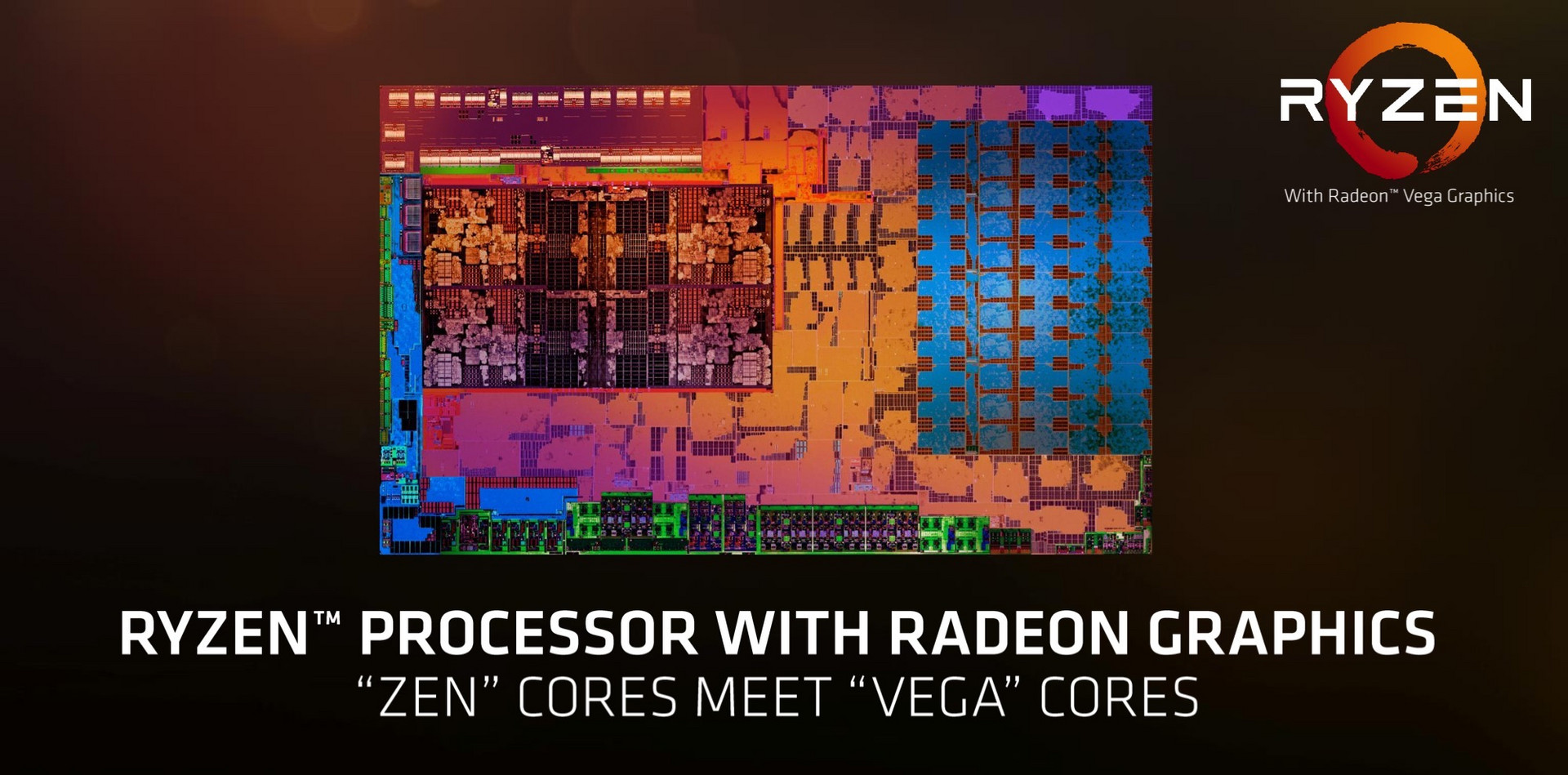commodork6510
n00b
- Joined
- Oct 17, 2017
- Messages
- 19
it would do my mind some good to know that you/jaungra/shintai are all paid shills, because if nobody's paying you to act that fucking stupid...https://hothardware.com/news/amd-ryzen-5-2600-12nm-zen-cpu-asus-crosshair-vii-hero-x470-motherboard
If this leak is true, I will stay away from AMD forever and ever. I will sell my Ryzen 1700 right away. Sorry AMD.
![[H]ard|Forum](/styles/hardforum/xenforo/logo_dark.png)

